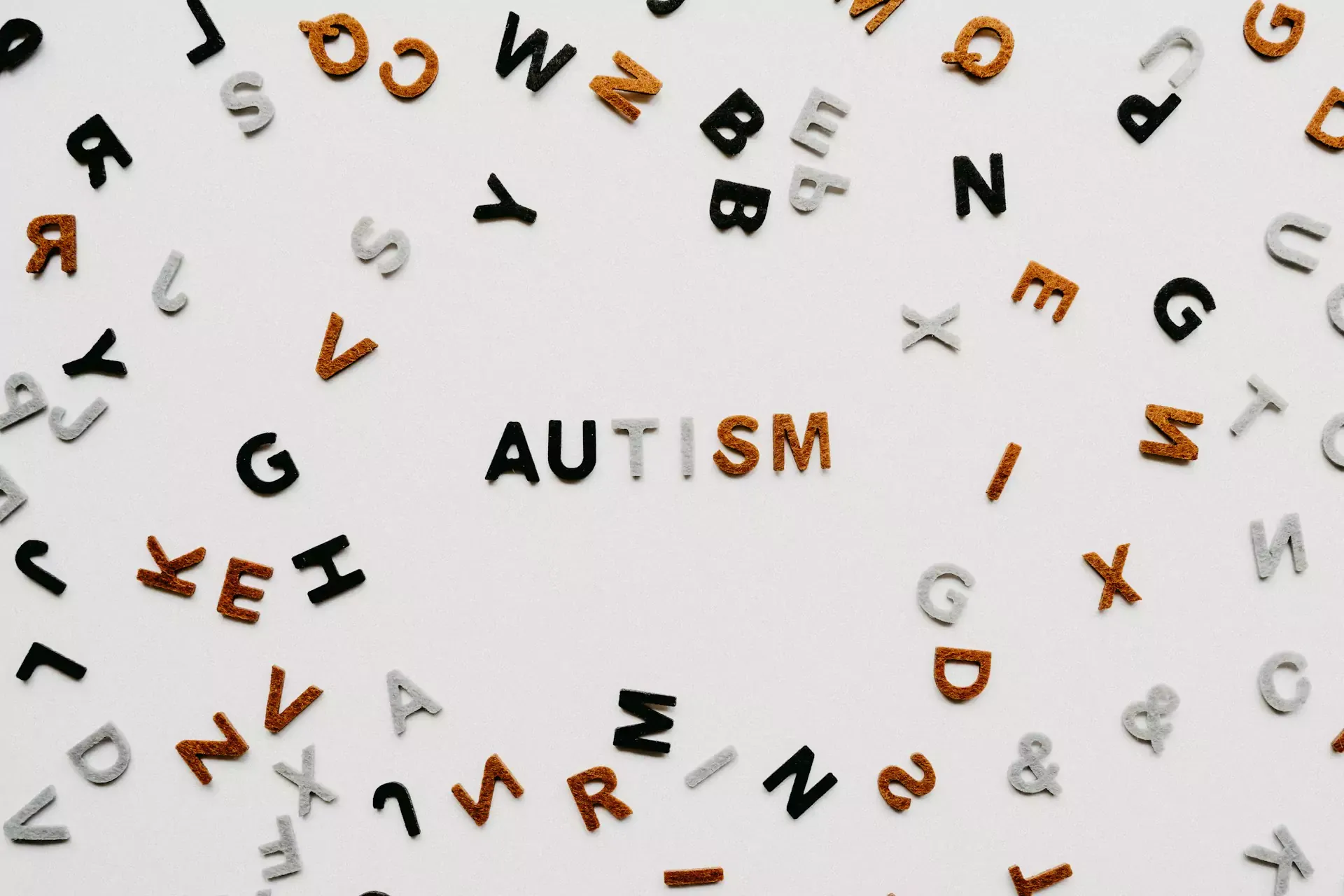What Is Stem Cell Therapy for Autism? Procedure, Benefits, and Success Rates

Autism Spectrum Disorder (ASD) affects a person's ability to communicate, interact socially, and regulate behaviors. While traditional treatments like therapy and medications help manage these symptoms, they don't always focus on addressing the root causes of the condition.
Recently, stem cell therapy for autism has emerged as a promising treatment option. It aims to address the underlying issues, such as brain inflammation and nerve damage, to help improve overall function.
In this blog, we’ll take a closer look at how stem cell therapy works for autism and its potential benefits. Let’s dive in!
How does stem cell therapy work for autism spectrum disorder?
Stem cell therapy uses the body’s own cells to repair damaged tissue. What makes stem them special is their ability to transform into various types of cells, such as neurons, to help heal and regenerate affected areas.
In autism, researchers believe that stem cells may help form new connections in the brain and repair or regenerate damaged parts of the brain responsible for social behavior, communication, and cognitive function. As a result, they can help restore normal brain function, improve neuroplasticity (the brain's ability to form new connections), and even reduce inflammation in the brain.
One of the most promising aspects of stem cell treatment is its potential to target and address the underlying neurological issues that contribute to ASD. Early research suggests that it may offer long-term benefits in managing autism symptoms.
Types of stem cells used for autism treatment
Several types of stem cells are used to treat autism, each helping in different ways:
Mesenchymal stem cells (MSCs)
These stem cells come from bone marrow, fat tissue, or the umbilical cord. They help reduce inflammation in the brain, which is believed to contribute to autism.
Umbilical cord blood stem cells
These stem cells come from the blood in the umbilical cord. They can improve brain function and strengthen connections between brain cells, helping with autism.
Wharton’s jelly-derived stem cells
These stem cells are taken from tissue in the umbilical cord. They can help promote brain healing and improve cognitive function. In fact, a 2024 study found that these stem cells were safe and effective in improving autism symptoms over two years.
The step-by-step procedure of stem cell therapy for autism
Considering stem cell therapy for autism? Here’s what you can expect during the process:
1. Pre-treatment assessments
Before starting the therapy, your child will undergo a series of medical tests. These may include physical exams, blood tests, imaging studies, and neurological evaluations. This helps the doctors decide if stem cell therapy is the right choice.
2. Collection and administration of stem cells
Stem cells are either taken from your child’s own body (autologous) or from a donor (allogeneic). They are then prepared and made ready for use in a lab.
The stem cells are then carefully delivered into the body. This is usually done through an IV, which is a drip into the bloodstream, or by injecting them into the spinal fluid. The procedure typically takes place in a single day at a clinic.
3. Post-treatment care
Recovery can vary. Some children might experience mild side effects like fatigue or inflammation, while others may require more follow-up care. Doctors may recommend additional therapies to help your child get the most benefit from the treatment.
Ready to explore stem cell therapy for autism? Contact QCG for a personalized consultation today!
What is the success rate of stem cell therapy for autism?
The success of stem cell therapy for autism depends on various factors, such as the severity of the condition, the child's age, and the type of stem cells used. While ongoing research is still ongoing, there is growing evidence suggesting positive outcomes.
In one study, about 62% of children who received stem cell therapy showed improvements, compared to 60% in the control group. The treatment appeared to be safe, with no major side effects reported between the two groups.
Similarly, in another research, four children with autism were given stem cells from their own bone marrow. After a year, their parents observed improvements in speech, a reduction in tantrums, and better eye contact. There were no side effects reported.
Further supporting the potential benefits of stem cell therapy, a 2024 case study explored the use of fetal stem cells for a child with moderate autism. Within a year, the child's condition improved from moderate autism to a mild developmental delay. There were also notable improvements in social skills, cognitive abilities, and overall health, with no reported side effects.
Another case highlighted the impact of combining bone marrow cell transplantation with neurorehabilitation. Following the treatment, the child began speaking and showed a 27% improvement in their autism index, along with better communication skills.
Although these results are promising, more research is needed to fully understand the long-term effects of stem cell therapy for autism. Still, these early findings suggest that the treatment may have a positive impact on the lives of children with autism.
Benefits of stem cell therapy for autism
Stem cell therapy may provide several benefits for children with autism, such as:
-
Improved learning and memory. Some children may experience better focus, memory, and ability to learn new things.
-
Better control over behavior. Many parents report seeing fewer challenging behaviors, like tantrums or repetitive actions.
-
Improved social interaction. Children may become more involved in social activities and show better eye contact and communication.
-
Reduced brain inflammation. Stem cells can help calm inflammation in the brain, which may lead to a reduction in some autism symptoms.
At what age can you start stem cell therapy for autism?
Stem cell therapy is most effective when started early, as younger children's brains are still developing. Studies have shown positive responses to stem cell treatment in children as young as three years old.
Generally, starting between ages 3 and 7 is considered ideal for better outcomes. However, the exact right age can vary, so it's important to consult a doctor to determine the best time for your child.
How much is stem cell therapy for autism?
Stem cell therapy for autism can be quite expensive, ranging from $10,000 to $50,000 for a single session. The price depends on factors like the type of stem cells used, where the therapy is performed, and how long the treatment lasts. Plus, costs can vary between different clinics and countries. It's a good idea to contact the clinic directly to get an accurate estimate and understand what's included in the cost.
Is stem cell therapy for autism FDA-approved?
Right now, stem cell therapy for autism isn’t FDA-approved in the U.S. Most treatments are offered through clinical trials or in specialized clinics outside the country. While there’s a lot of potential, the FDA still considers it an experimental treatment.
Is stem cell therapy for autism safe?
Stem cell therapy is generally considered safe, though some individuals may experience mild side effects. These are usually temporary and may include:
-
Mild fever
-
Headaches
-
Fatigue or flu-like symptoms
-
Increased restlessness or hyperactivity
Serious side effects are rare, but it’s important to keep in touch with your doctor after treatment to watch for any unusual symptoms or reactions.
Looking for affordable stem cell treatment abroad? Get in touch with QCG to explore your options!

